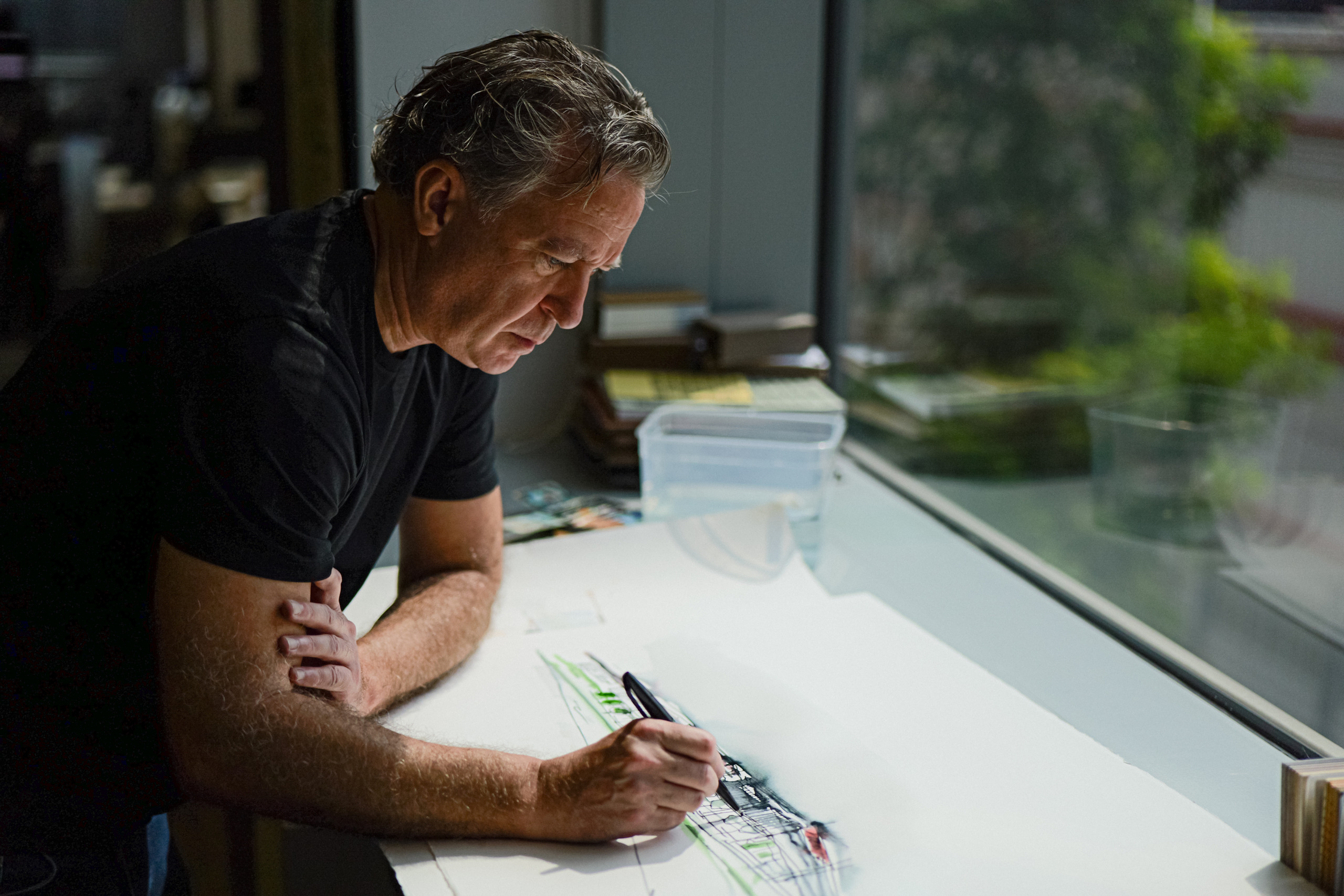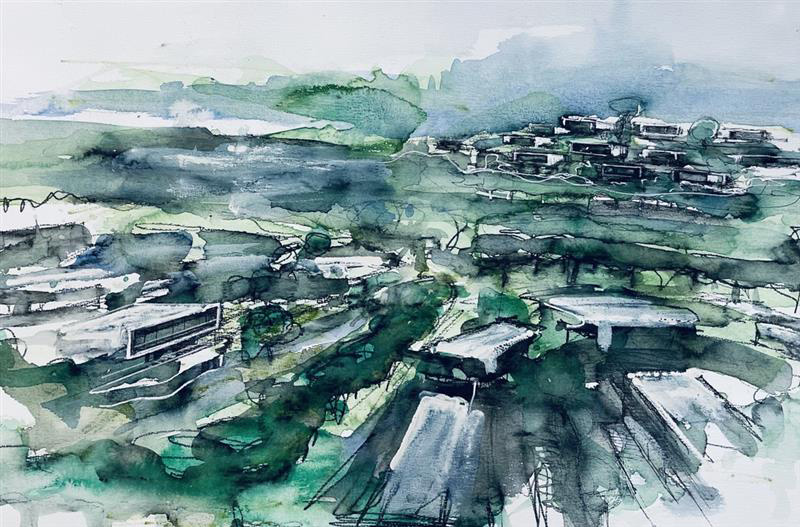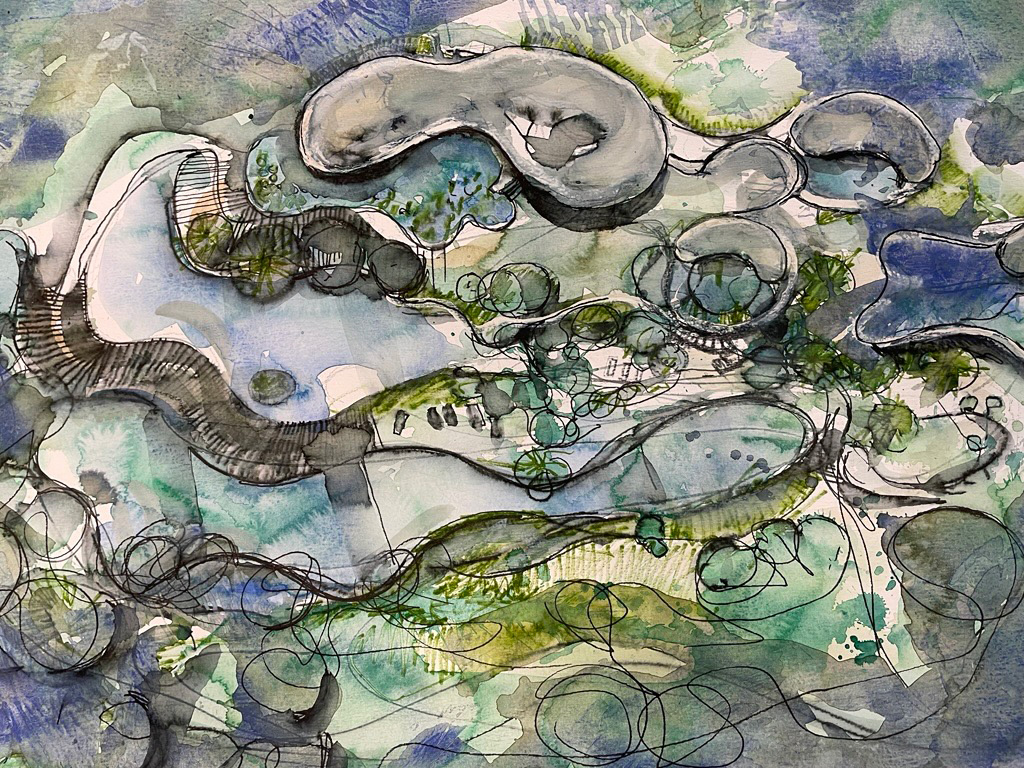Ian Simpson: Constantly Curious, Constantly Creative
By WATG
July 8, 2025
In an era where architecture is increasingly called to do more—to connect disciplines, cultures, and communities—Ian Simpson, WATG Principal & Studio Director of Architecture, stands at the forefront of a design thinking grounded in integration and empathy. For Ian, the future of design lies not in monumental gestures, but in the quiet dissolution of boundaries: between architecture and landscape, built form and place, material and meaning.
His current work explores the deep interrelationship between structure and materiality – how design responds to context, how mass and enclosure shape experience, and how time, shadow, and tactility can create spaces that are both powerful and serene. This layered, interdisciplinary approach is less about grandiosity and more about resonance: buildings that feel inevitable in their place, grounded in their environment, and responsive to human experience.
His current work explores the deep interrelationship between structure and materiality – how design responds to context.
Formative Years
The seeds of this design philosophy were planted in an unlikely setting: 1980s Birmingham, UK. Raised in a city wrestling with deindustrialization, racial tensions, and the fallout of failed urban planning, Ian grew up amidst a collage of crumbling Victorian architecture and unsuccessful modernist experiments. Yet it was precisely this environment, a city in transition, that became an unlikely educator. It showed him firsthand what happens when design ignores context, and equally, the potential of thoughtful, inclusive placemaking. The local music scene, a cultural counterpoint to the urban decay, offered a glimpse into the power of identity, expression, and community – concepts that continue to inform his work.
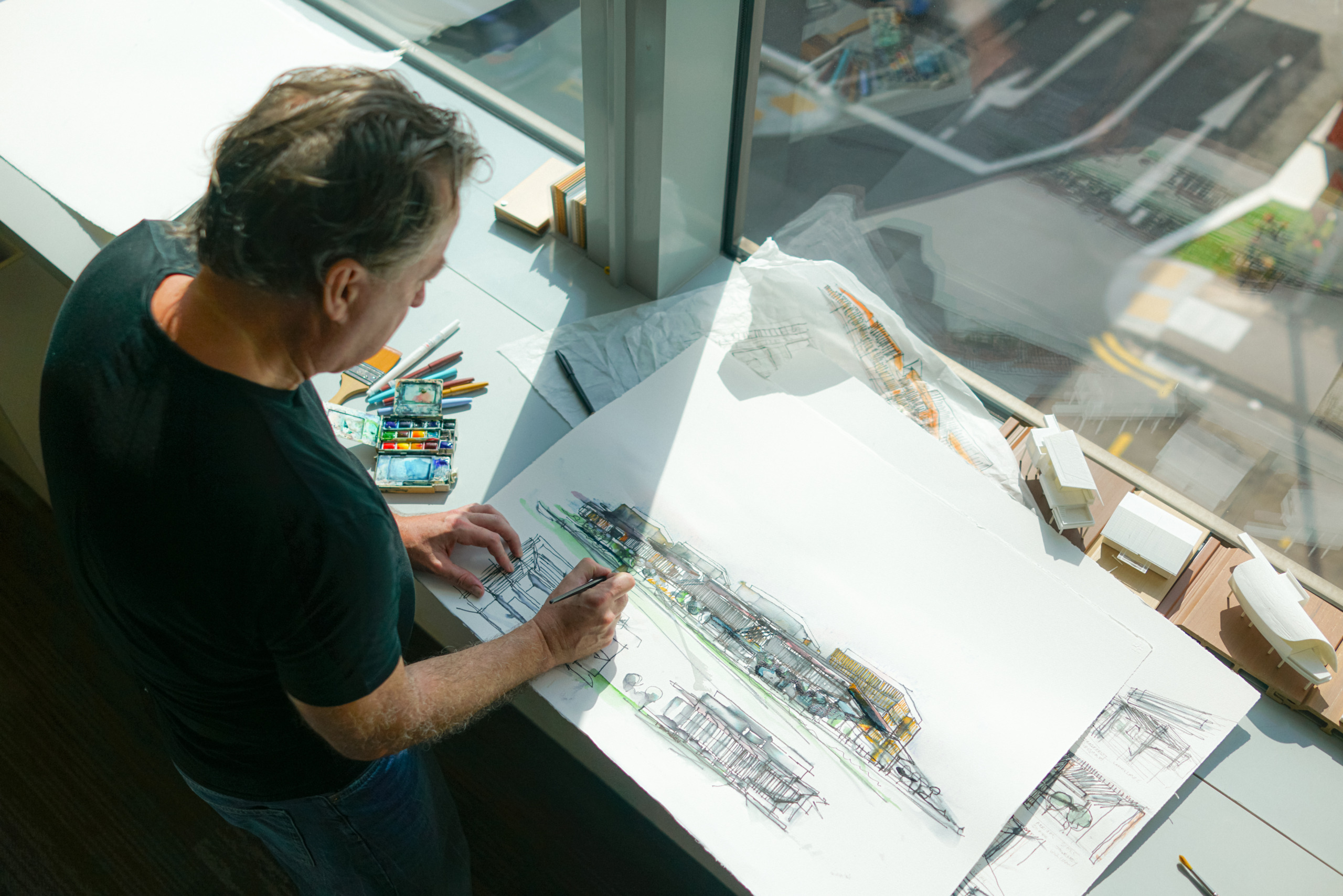
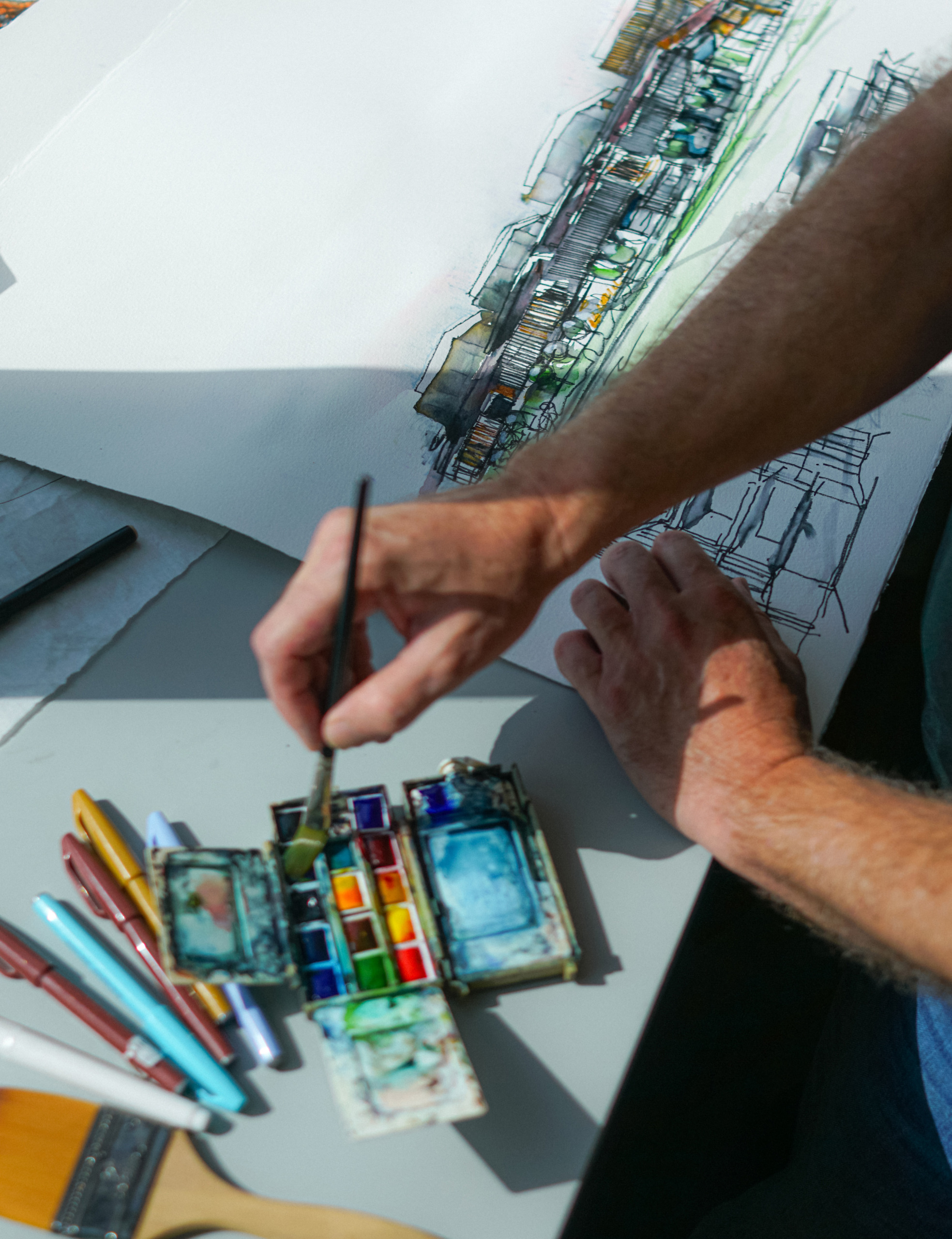
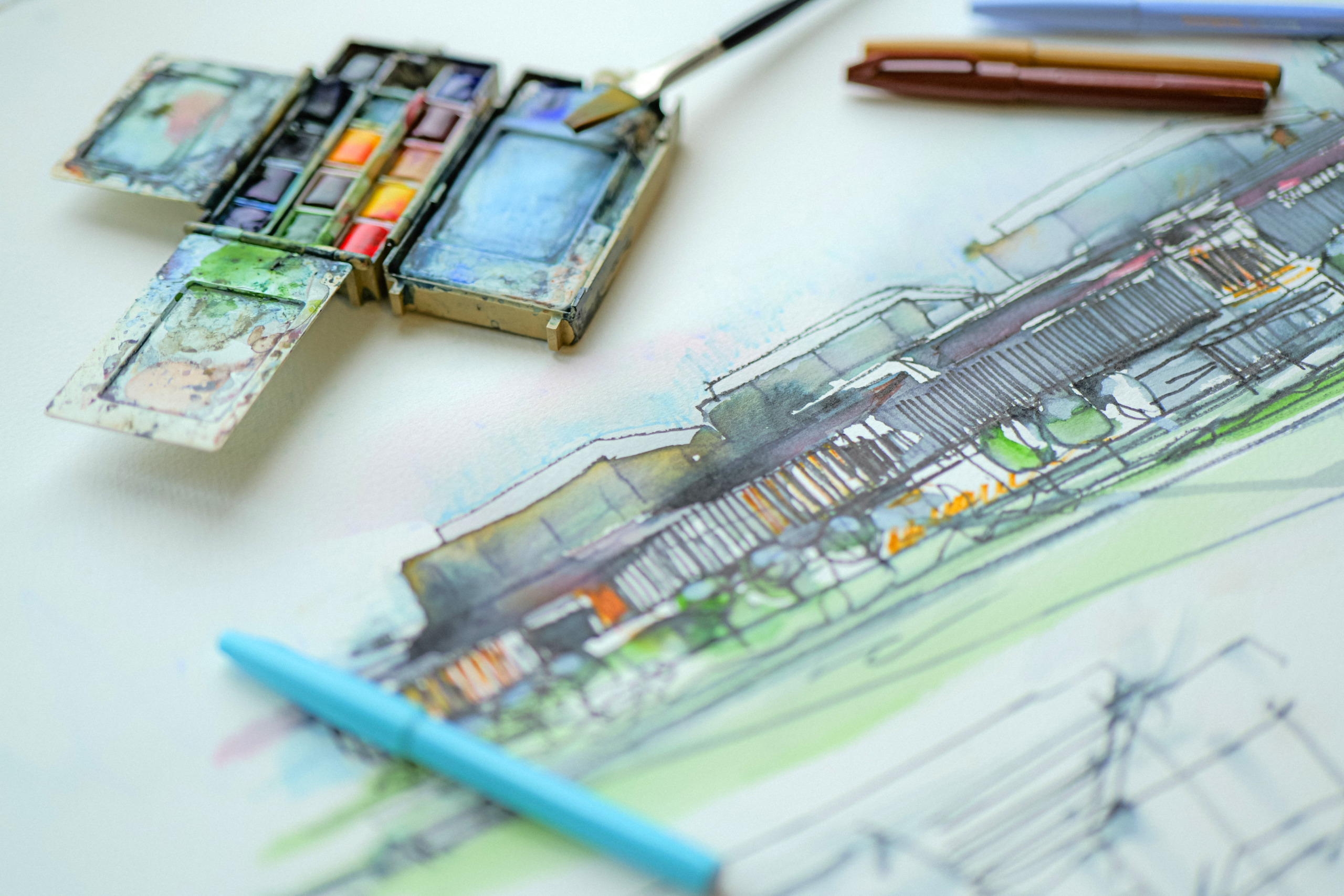

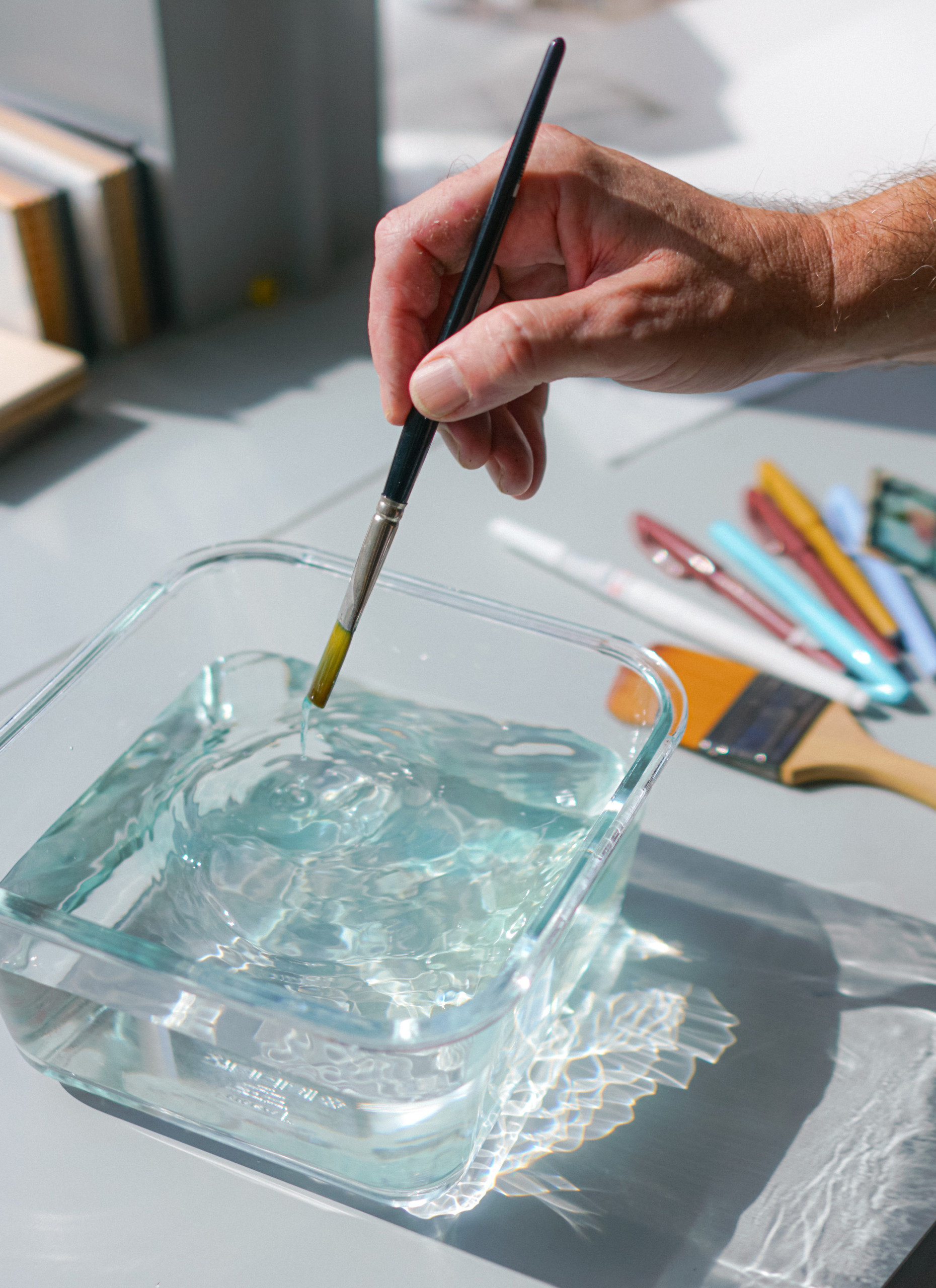
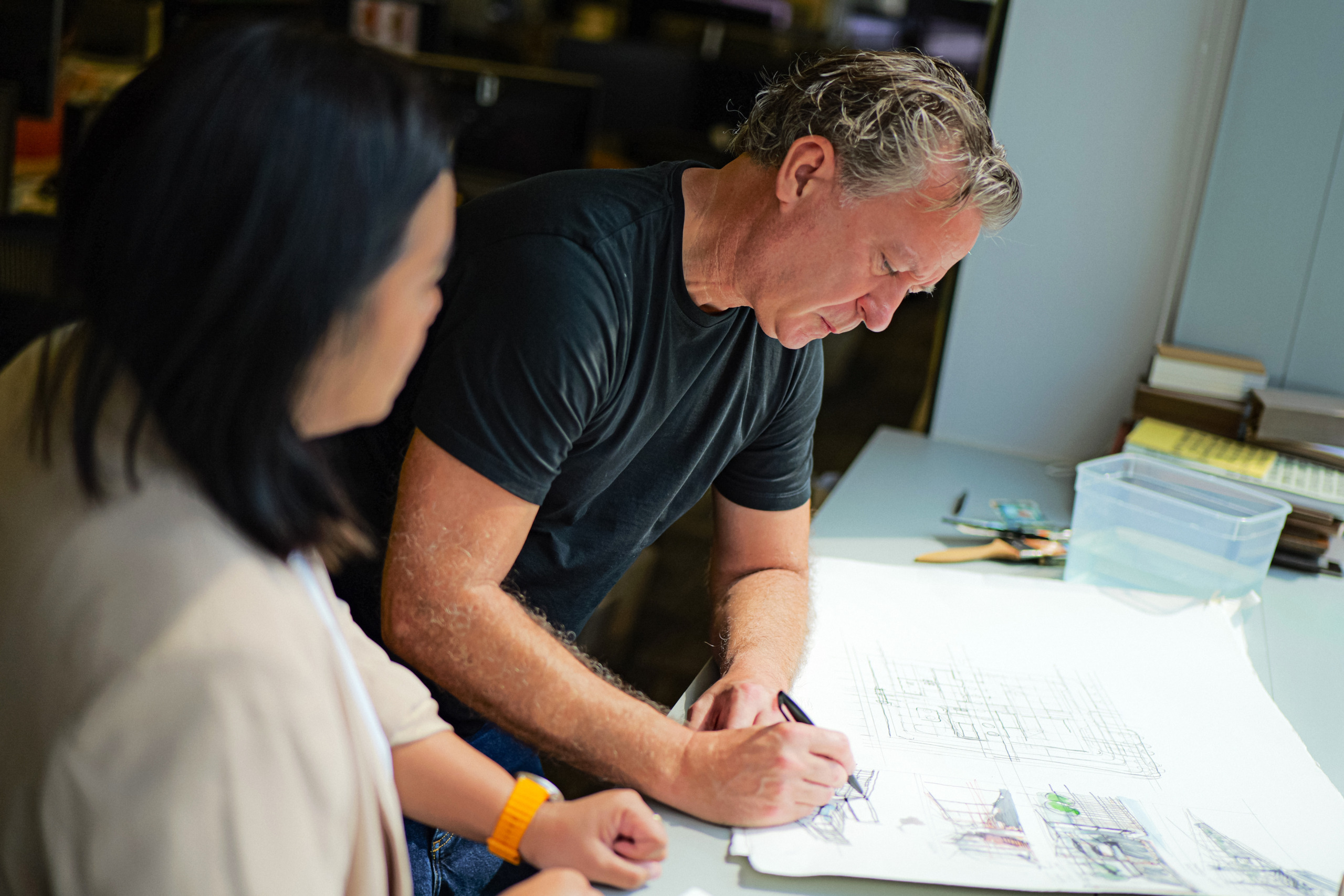
Photo Credit: Wellington Kuswanto
This early exposure to complexity and contradiction instilled a lifelong curiosity: How can design uplift, not just impress?
This early exposure to complexity and contradiction instilled in Ian a lifelong curiosity: How can design uplift, not just impress? How can architecture add value, not just to a site, but to the fabric of the city around it? These questions led naturally to a career that has spanned six continents, and to a design practice rooted in urbanism, placemaking, and transformation rather than object-making.
Travel as a rite of passage
After moving from Birmingham to London and then to the United States for postgraduate study, Ian embarked on a self-directed “grand tour” of architectural heritage sites around the world, experiencing the spaces that had once lived only in the pages of textbooks. That year of travel became a personal rite of passage and a catalyst for a globally minded design career. From Japan to Oman, Mumbai to Bali, Ian found inspiration in places that held an irreplaceable sense of identity; places where light, material, and culture converged with humility and meaning. These destinations continue to inform his hospitality design work at WATG, a studio that for 80 years has embraced the belief that great design begins with a deep understanding of place.
Nawayef Villas, a project led by Ian
Now based in Singapore, a city that exemplifies green thinking, smart design, and cultural richness, Ian brings his expertise in urban mixed-use and high-rise design to WATG’s legacy in resort design, leading large-scale, multidisciplinary projects across the region and beyond. Even with the complexity of such undertakings, he remains committed to creative exploration. Watercolor painting, with its chaos and fluidity, provides a welcome counterbalance to the rational side of architecture. In fact, it often sparks new ideas, revealing the beauty of imperfection and spontaneity, qualities that increasingly matter in an age of algorithmic design.
The beauty of imperfection and spontaneity increasingly matter in an age of algorithmic design.
The role of AI
Which brings him to a growing curiosity: the role of AI in the creative process. While optimistic about the potential of technology, Ian is cautious of its limits. Optimization alone, he argues, is not design. The irregular courtyard that breathes life into a space, the quirky design that inexplicably “just works”, these are not products of data, but of human instinct, risk, and empathy. There is meaning in the messiness. The design process, with all its struggle and joy, is integral to the outcome. And while AI can assist, it should never displace the essential dialogue between client, designer, and site.
AI can assist but not displace. Credit: Daniel Caven
Over the course of his career, Ian has drawn on the influence of mentors and peers, learning the power of critique at Richard Rogers’ office, the nuance of client relationships at Studio PDP, and the value of empathy through collaboration with diverse, global teams. He likens the creative journey to a marathon: long, sometimes punishing, but ultimately rewarding. Perseverance, curiosity, and courage fuel the process. So too does the understanding that bold ideas often come not from certainty, but from collision, where differing perspectives and disciplines intersect.
Among the many projects that mark his career, a few moments stand out: winning the Battersea Reach competition against globally renowned studios. This project then led Ian to his first Abu Dhabi project Al Bandar which he won with a quick hand sketch done over breakfast. Again and again, seeing one project would set the course to lead to the next. Each outcome has reaffirmed a belief that simple ideas, clearly expressed, are often the most powerful.
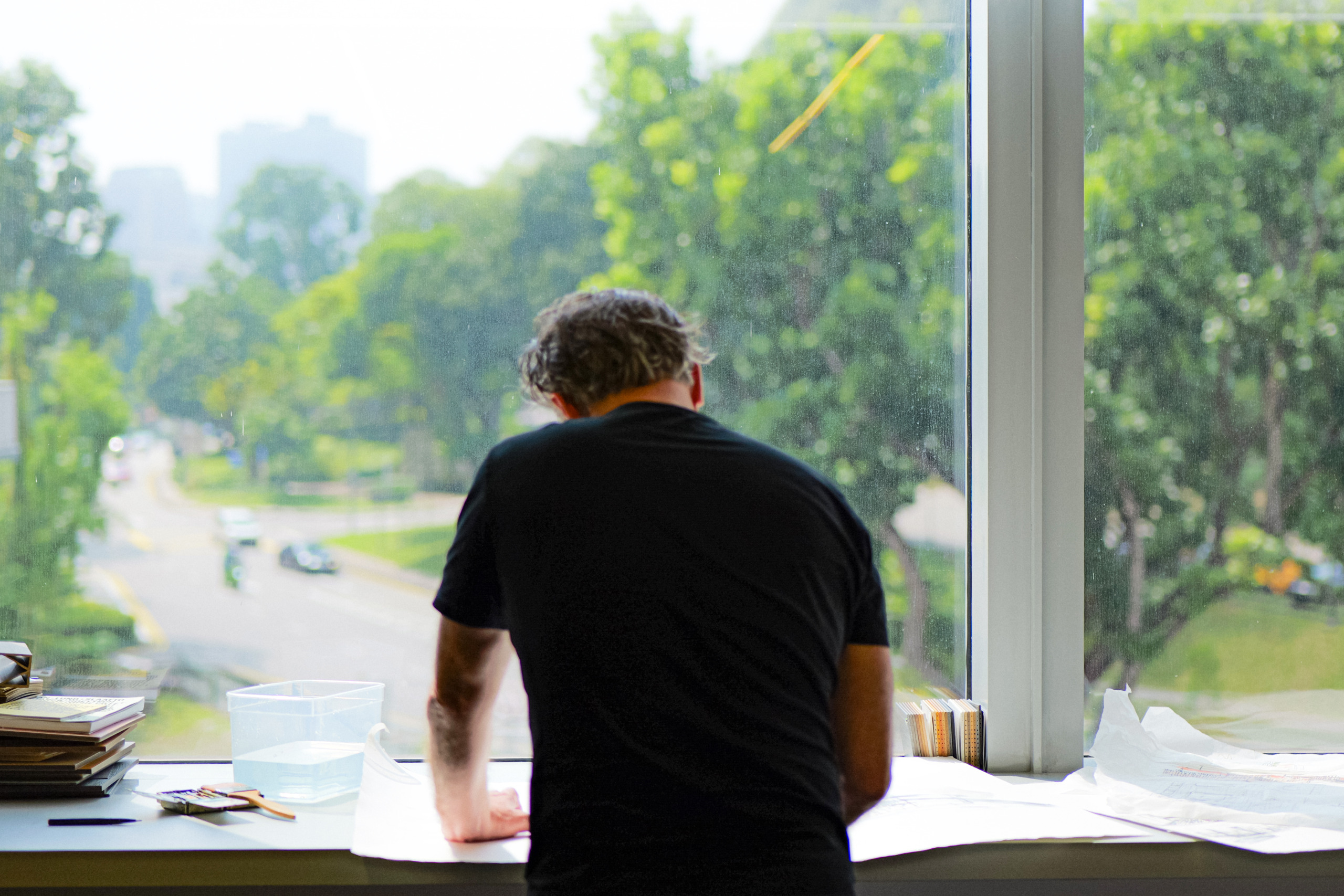
Simple ideas, clearly expressed, are often the most powerful.
Ultimately, Ian does not measure his legacy by forms or icons, but by how his work improves lives. He designs not for recognition, but for relevance – spaces that endure, that speak to their place, and that invite human connection. His journey is one of continual learning, creating, and transforming. And it is far from over.
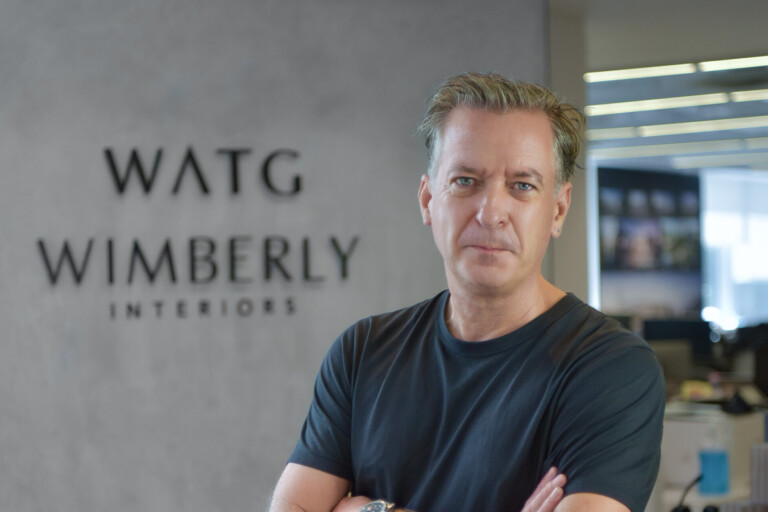
Ian Simpson
Ian Simpson is an award-winning architect and seasoned leader. With a vast portfolio spanning sectors including retail, residential and mixed-use, and regions as diverse as Asia Pacific, the Middle East and the Americas, Ian has a keen interest in the relationship between architecture and master planning, ensuring that buildings best respond to environmental, cultural, and societal needs.
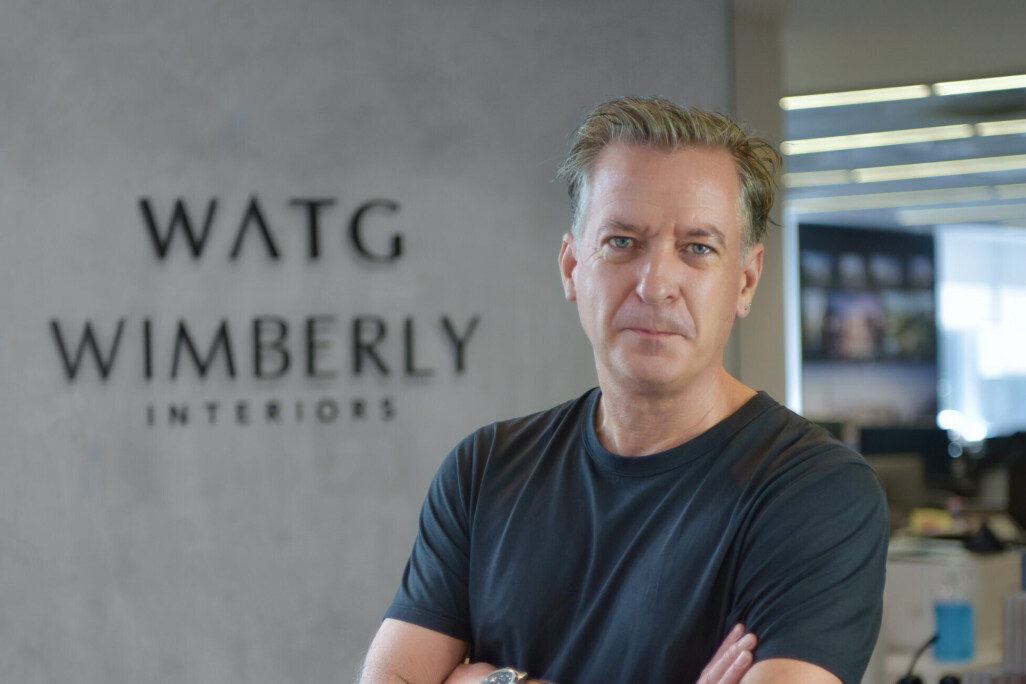
Ian Simpson
Ian Simpson is an award-winning architect and seasoned leader. With a vast portfolio spanning sectors including retail, residential and mixed-use, and regions as diverse as Asia Pacific, the Middle East and the Americas, Ian has a keen interest in the relationship between architecture and master planning, ensuring that buildings best respond to environmental, cultural, and societal needs.
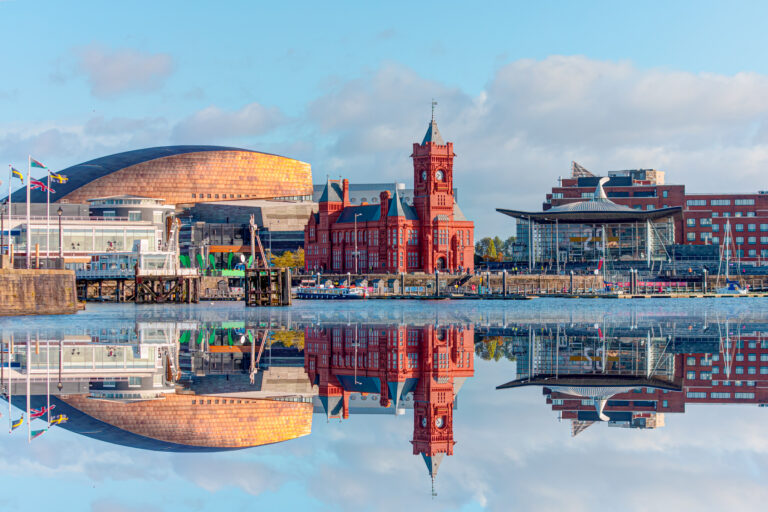
The Quick Six with Ian Simpson
Ian recounts his experiences over the years and shares more about his diverse design philosophy. “As a junior at Richard Rogers and Partners, my first major project was Terminal 5 Heathrow.”
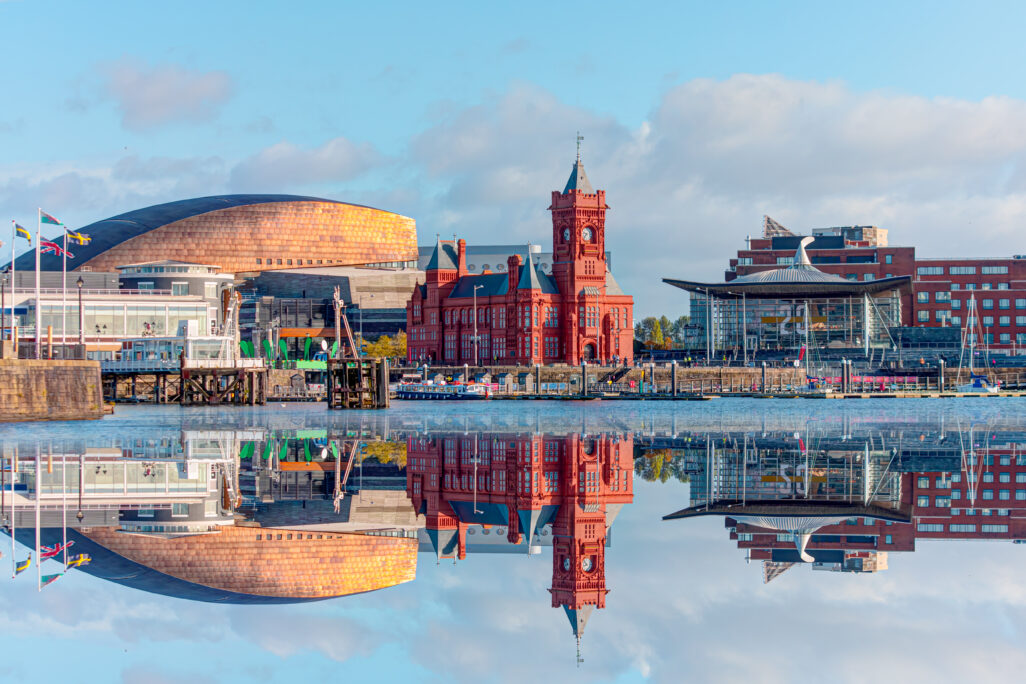
The Quick Six with Ian Simpson
Ian recounts his experiences over the years and shares more about his diverse design philosophy. “As a junior at Richard Rogers and Partners, my first major project was Terminal 5 Heathrow.”
Sorry, no results found.
Latest Insights
Perspectives, trends, news.

- Employee Feature
From a Seed to a Forest: A Conversation on 80 Years of Design

- Employee Feature
From a Seed to a Forest: A Conversation on 80 Years of Design
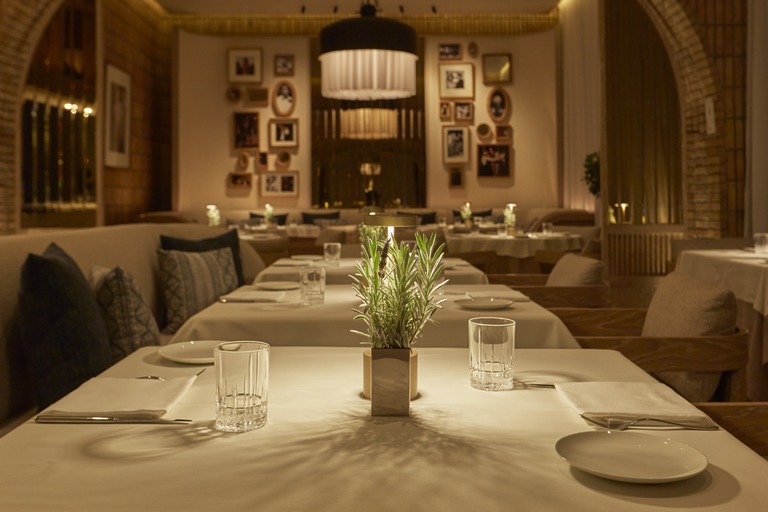
- Employee Feature
Beyond the Brief: Storytelling and the Importance of Crafting Food and Beverage Experiences
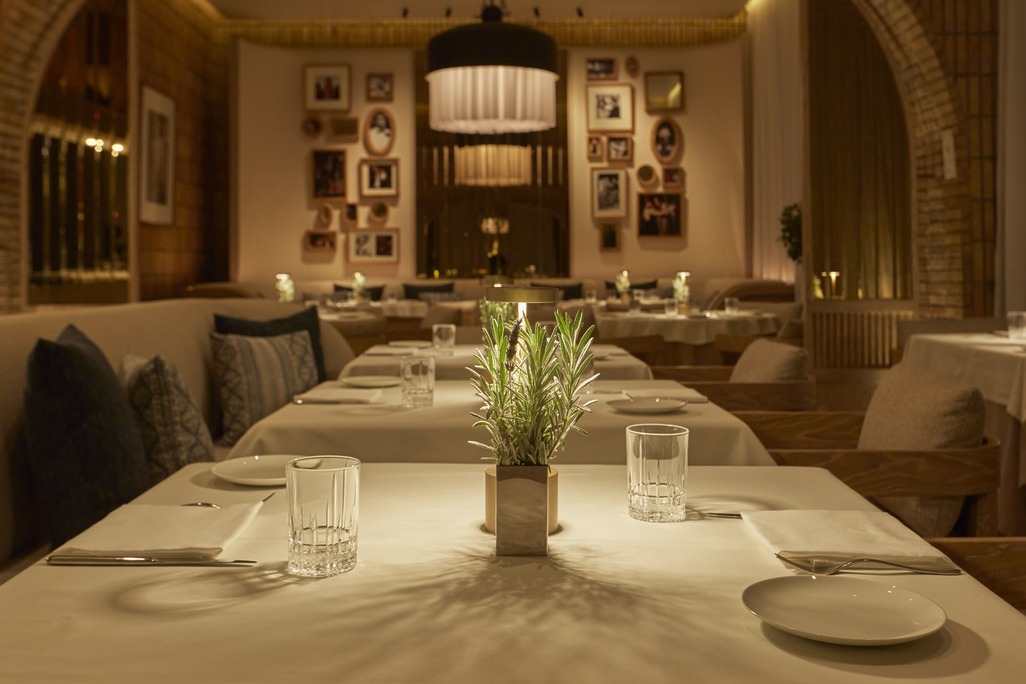
- Employee Feature
Beyond the Brief: Storytelling and the Importance of Crafting Food and Beverage Experiences

- News
WATG + Wimberly Interiors’ Michelin Key Hotels 2025

- News
WATG + Wimberly Interiors’ Michelin Key Hotels 2025
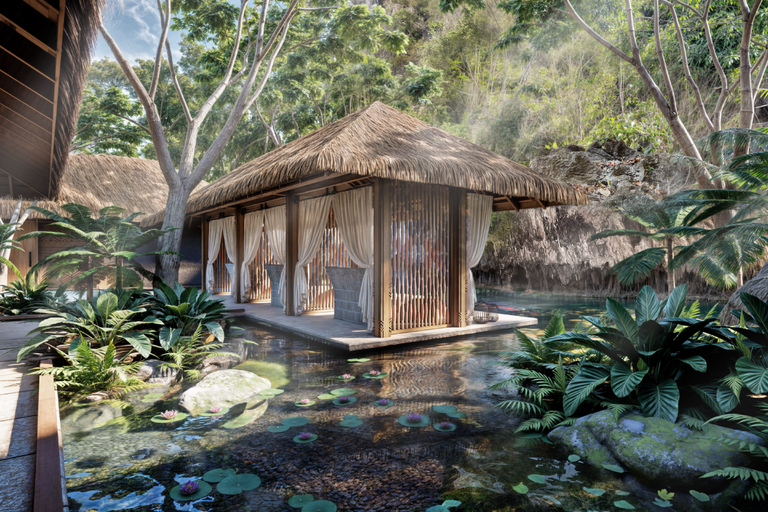
- Strategy & Research
Measuring Carbon in Design: Beyond Energy Toward Whole-Life Impact
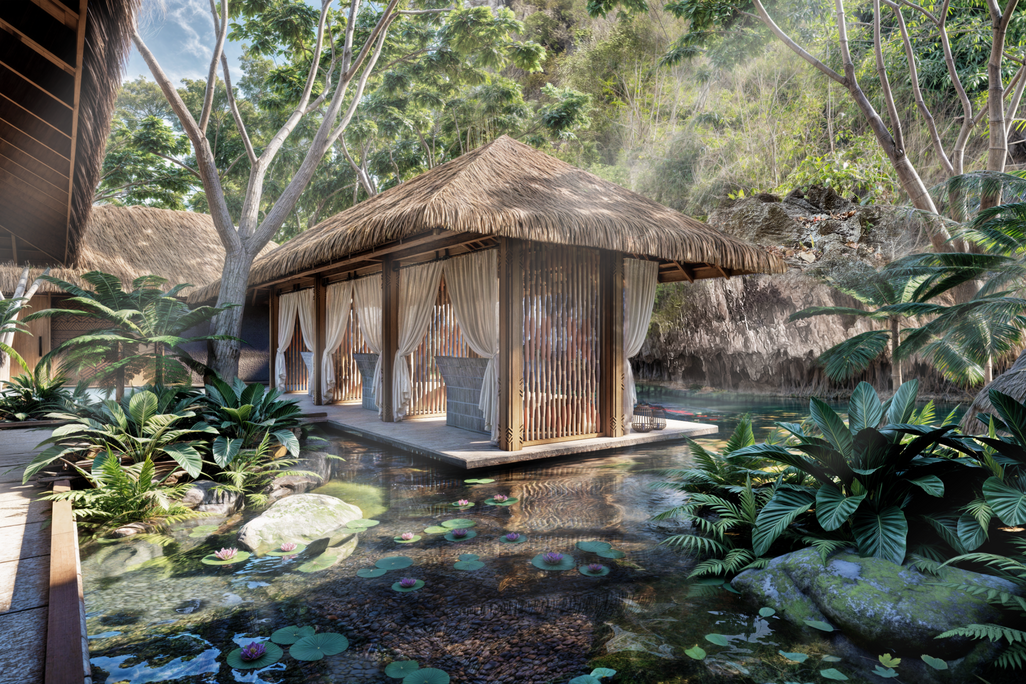
- Strategy & Research
